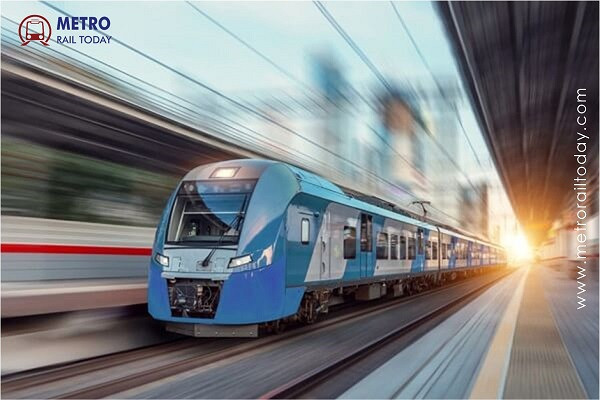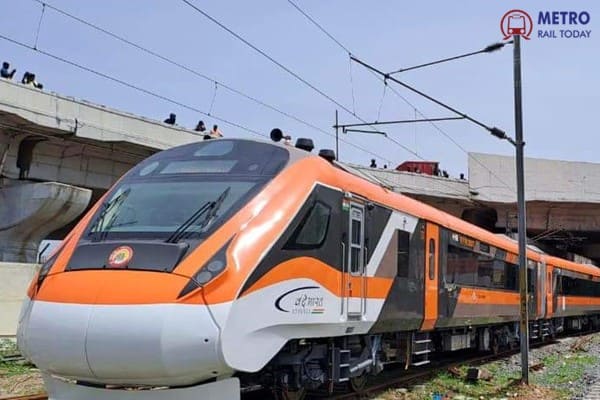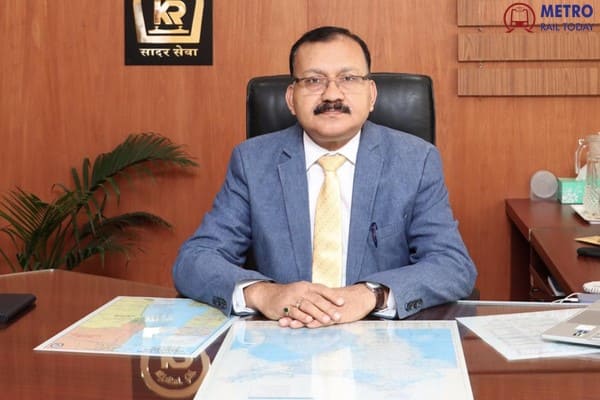 The Skyline Rail Project: Revolutionizing Rapid Transportation in Honolulu, Hawaii
The Skyline Rail Project: Revolutionizing Rapid Transportation in Honolulu, Hawaii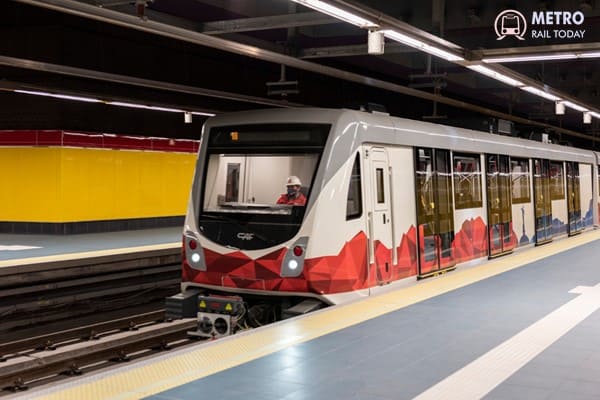 Tender floated for Prague Metro Trains and Automated Train Operation (ATO)
Tender floated for Prague Metro Trains and Automated Train Operation (ATO)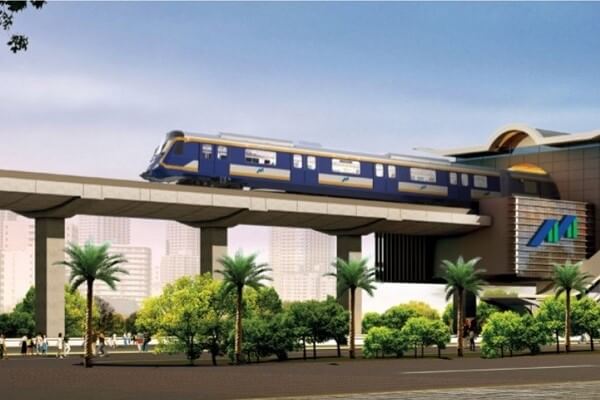 MMRDA floated tender to appoint General Consultants for Mumbai Metro Line 5
MMRDA floated tender to appoint General Consultants for Mumbai Metro Line 5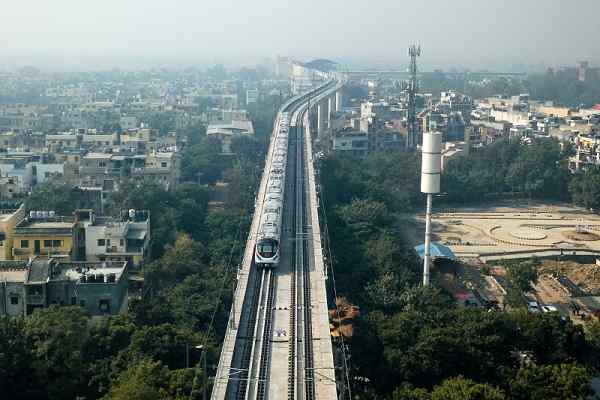 RailTel signs MoU with South African Firms to expand Railway Technology Business
RailTel signs MoU with South African Firms to expand Railway Technology Business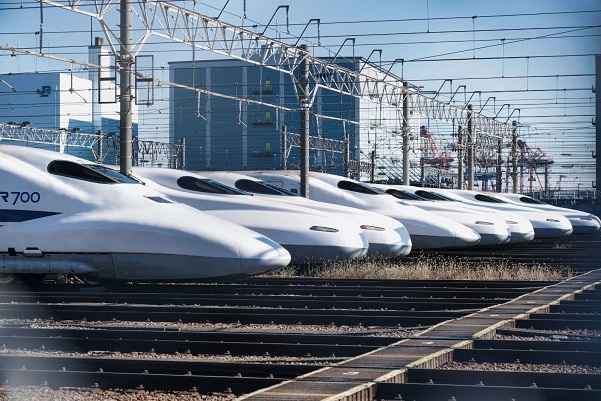 Latest updates on Sabarmati Rolling Stock Depot of Mumbai-Ahmedabad Bullet Train Project
Latest updates on Sabarmati Rolling Stock Depot of Mumbai-Ahmedabad Bullet Train Project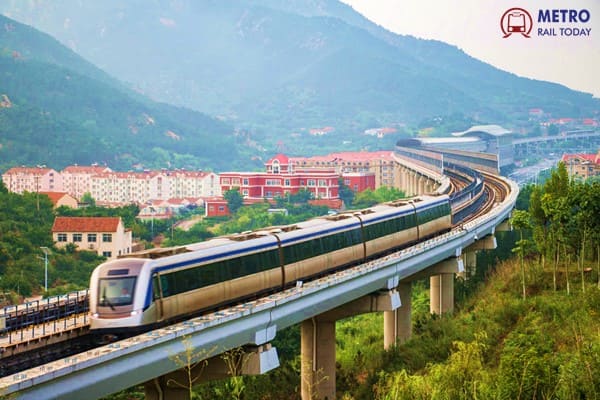 Route survey commences for ₹6,225 crore Bhubaneswar Metro Rail Project
Route survey commences for ₹6,225 crore Bhubaneswar Metro Rail Project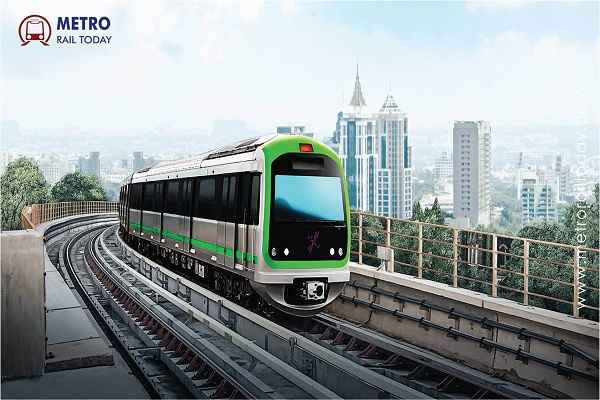 Eight firms bid for feasibility study of Bengaluru's Madavara-Tumakuru Metro Corridor
Eight firms bid for feasibility study of Bengaluru's Madavara-Tumakuru Metro Corridor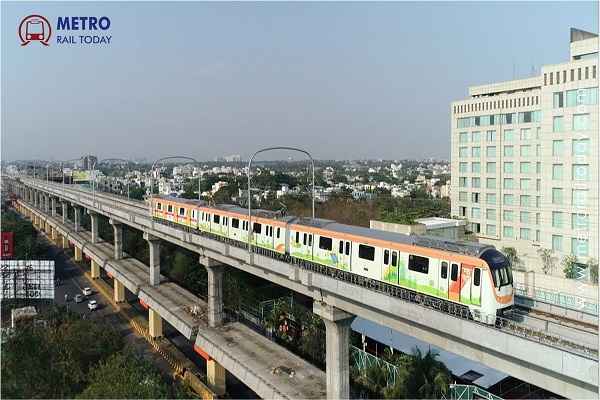 Two firms bid for Track Work Contract of Nagpur Metro Phase 2
Two firms bid for Track Work Contract of Nagpur Metro Phase 2 Derailing Integrity: Corruption Claims Hit Delhi Metro's Top Management
Derailing Integrity: Corruption Claims Hit Delhi Metro's Top Management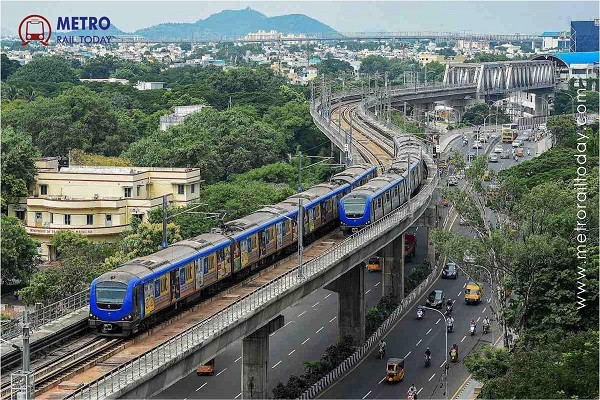 Six firms bid for DPR Consultancy for Chennai Metro's Koyambedu – Avadi Metro Line
Six firms bid for DPR Consultancy for Chennai Metro's Koyambedu – Avadi Metro Line
Understanding the Evolution of Vande Bharat Trains in India
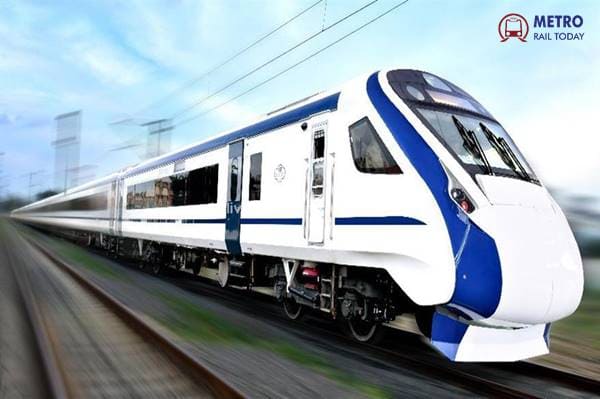
India's Vande Bharat trains have marked a significant advancement in the country's railway infrastructure. Initially designed as broad gauge trains, they boast a maximum speed potential of 160 KMPH. However, it's crucial to note that besides the countries once part of British India, only a handful of nations operate on broad gauge.
The Shift to Standard Gauge: Challenges and Opportunities
While the broad gauge has been the norm for Vande Bharat trains, the transition to standard gauge presents an array of challenges and opportunities. Advanced nations like China, Japan, and Europe have long embraced standard gauge technology, producing trains that are not only faster but also superior in performance. This extensive experience gives them a significant edge, allowing for economies of scale in production.
Metro Trains: Pioneering Standard Gauge Adoption in India
The success story of standard gauge adoption finds its roots in India's metro trains. Credit goes to "Metro Man" Sridharan for advocating and implementing the standard gauge for metro systems in the country. His steadfast determination ensured that every metro project, spanning over 20 cities and with more in the pipeline, adhered to the standard gauge.
Diverse Manufacturers and Global Presence
Unlike Vande Bharat trains, which have primarily been manufactured by Integral Coach Factory (ICF), metro trains in India see participation from various manufacturers such as BEML, ALSTOM, and Titagarh. Notably, trains produced at ALSTOM's facilities in Vadodara and Chennai have made their way to Australia, showcasing India's manufacturing prowess on a global scale.
Enhanced Speed and Efficiency
One of the key advantages of metro trains lies in their ability to maintain speeds comparable to those in advanced nations like China and Japan. With an average speed of 50-60 KMPH, Indian metro systems are on par with global standards, unlike Vande Bharat trains, which currently operate at suboptimal speeds.
Towards Economies of Scale and Quality Assurance
As India's metro network continues to expand, there is a growing opportunity to achieve economies of scale in production. Moreover, extensive domestic testing and operation experience will ensure that trains exported abroad are thoroughly tested and reliable, minimizing any potential operational issues.





